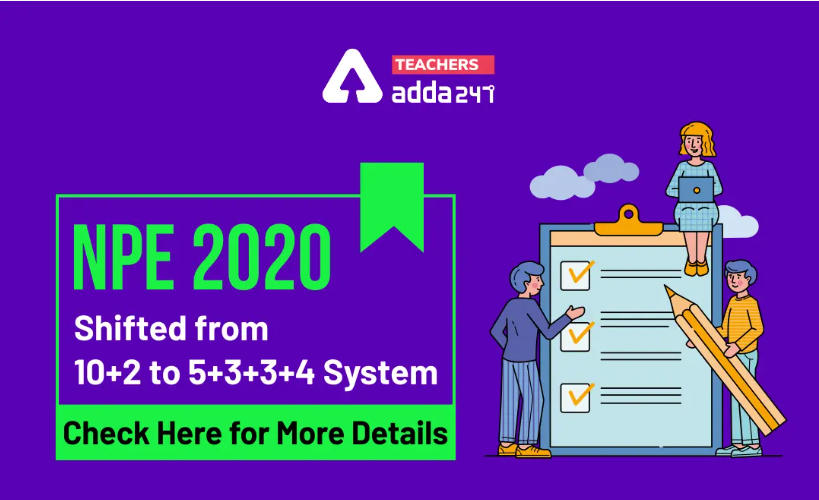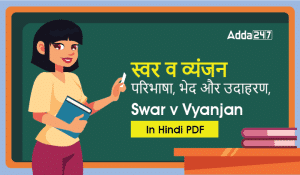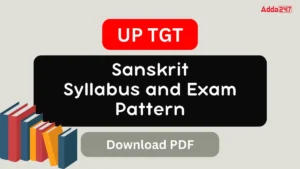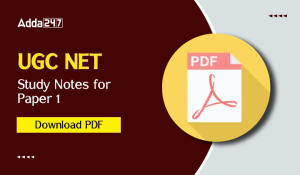Table of Contents
National Education Policy 2020 has revised the education structure which has been modified from old educational structure of 10+2 system to 5+3+3+4 system. With emphasis on Early Childhood Care and Education, the 10+2 structure of school curricula is to be replaced by a 5+3+3+4 curricular structure. Earlier the education system in school was well known as 10+2 which depicts 10 years of secondary education and 2 years of higher secondary education after which the students was eligible to take admission into colleges for graduation and higher studies. The new system will have 12 years of schooling with three years of Anganwadi/ pre schooling. Here we are going to learn more about new education system i.e. 5+3+3+4 system.
National Education Policy: Highlights of 5+3+3+4 System
| 10+2 System | 5+3+3+4 System | |
|---|---|---|
| Structure | Existing Academic Structure | New Academic Structure |
| Stages | 2 Stages | 4 stages |
| Age period | (6-18)year | (3-18)year |
| Time period | 12 yr School Yr | 15 yr (12 School Yr + 3 Pre School yr) |
| Stage wise |
|
|
What does 5+3+3+4 School System mean?
- 5- 5 years- Foundational Stage including Pre-School and classes 1&2 (students of age group 3 to 8 years)
- 3- 3 years- Preparatory Stage including Classes 3 to 5 (students of age group 8 to 11 years)
- 3- 3 years- Middle Stage including Classes 6 to 8 (students of age group 11 to 14 years)
- 4- 4 years- Secondary Stage including Classes 9 to 12 (student of age group 14 to 18 years)
The former Chief of ISRO K Kasturirangan headed the committee who develop the New Education Policy and this policy of 2020 had replaced the 34-year-old National Policy on Education (NPE) which was earlier formed in 1986.
NEP 2020 School Guidelines
- Preparatory class/Balvatika for 5-6 year old children in Anganwadis/pre-schools
- School Preparation module for all class 1 entrants
- National Foundational Literacy and Numeracy Mission
- NPE 2020 stated that a sufficient focus must be shifted towards Indian and regional languages and Sanskrit language would be mainstreamed in the education system as per the New Policy.
- The school curricula and pedagogy will aim for holistic development of learners by equipping them with the key 21st century skills, reduction in curricular content to enhance essential learning and critical thinking and greater focus on experiential learning.
- Vocational education will start in schools from the 6th grade, and will include internships.
- A new and comprehensive National Curricular Framework for School Education, NCFSE 2020-21, will be developed by the NCERT.
- This system of education will be “competency-based” and formed in order to provide the importance of learning and development testing, critical thinking, analysis, and conceptual clarity to enhance the education system.
- According to the guidelines of New education Policy, the school students will have to appear in the exams only for Classes 3, 5, and 8. For the remaining years, the assessment will follow a “regular & formative” style.
- The idea behind presenting the New Education policy is to make the education system more flexible, multidisciplinary, and holistic which will make India a global knowledge centre.
- According to the proposal in NEP, students will also have the option of exiting during their 10 class and re-enter in Class 11 later on. The new policy will focus on emerging curricular, extra-curricular, and co-curriculum activities throughout the schooling life to make the student all-rounder.
- NCERT will develop a National Curricular and Pedagogical Framework for Early Childhood Care and Education (NCPFECCE) for children up to the age of 8 .
To promote new skills, the states & local communities have decided to inculcate classes for metalwork, gardening, pottery making, carpentry, electric work, and other daily & useful works. This is to emphasise the vocational education in the new Education System and the NEP 2020 aims to have at least 50% of students to have vocational education by 2025.
With the implementation of the New Education Policy, the name of the Ministry of Human Resource Development will be replaced by the Ministry of Education and the main objective behind this new policy is to focus on learning and education.
Download National Education Policy 2020: Revised Education Structure 5+3+3+4 PDF (In Hindi)
Download National Education Policy 2020: Revised Education Structure 5+3+3+4 PDF(In English)




 स्वर व व्यंजन - �...
स्वर व व्यंजन - �...
 UP TGT Sanskrit Syllabus and Exam Patter...
UP TGT Sanskrit Syllabus and Exam Patter...
 UGC NET Study Notes for Paper 1, Downloa...
UGC NET Study Notes for Paper 1, Downloa...




